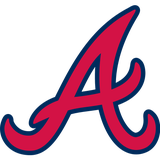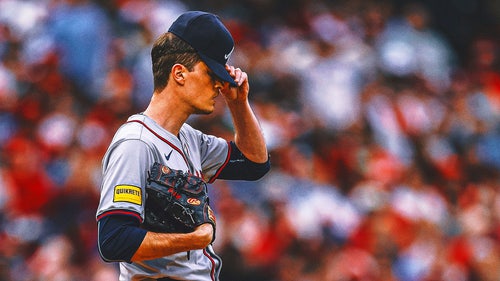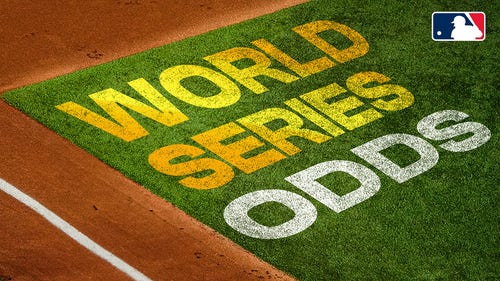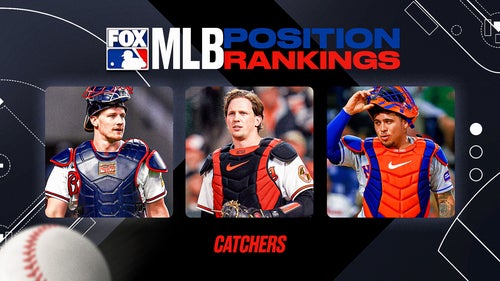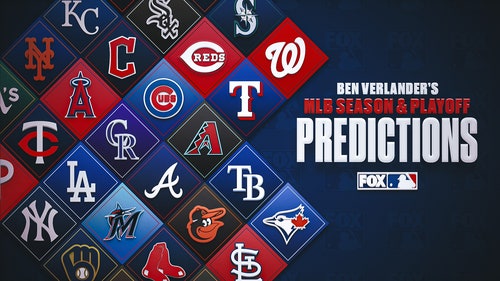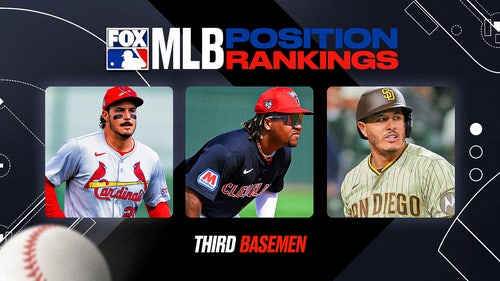
Atlanta Braves and the Crowded Hall of Fame Ballot
Jul 25, 2015; Cooperstown, NY, USA; Hall of Fame Inductee John Smoltz smiles as he arrives at National Baseball Hall of Fame. Mandatory Credit: Gregory J. Fisher-USA TODAY Sports
The MLB Hall of Fame is simply broken. Some will be rewarded for enhancing their stats. Some will ‘fall short’ because they are compared to those inflated stats. But others may go wanting and waiting simply because of one antiquated rule.
This is not my first rant on the voting for Baseball’s Hall of Fame. Not even during this off-season.
It gets personal because I want to see baseball’s best by honored for their efforts – whether they are members of the Atlanta Braves or not, for this is a baseball problem.
Coming into this year, the Hall of Fame recognizes…
* (I used Rio Ruiz as the ‘newest’ major leaguer… he’s close enough, though he wasn’t)
In other words, while the Hall was created to honor the best players in the game, there are actually fewer of them – by ratio – than categories of non-players.
Let me put that another way: if you want to be a member of Baseball’s Hall of Fame, your odds are actually better if you don’t play baseball.
And don’t even get me started about broadcasters and writers getting into the Hall. Somebody threw the BBWAA members a very large bone to get them to vote annually. It’s an atrocity, and some members are making a mockery of the process on top of that.
Let’s Go a Little Further
As previously noted, there are nearly twice as many teams in existence today as there were in 1960 (30 vs. 16).
Immediately, that should tell you that there are twice as many players in the league today as was the case in 1960. Thus it follows that inductions should nominally occur at twice the rate per year for those retiring recently.
Players born in 1941 or later would generally begin their careers after the expansion era that started in 1961 and was completed (thus far) in 1998. Those born in 1920 would have mostly completed their careers before expansion.
Of the 246 players in the Hall (this counts the Negro League inductees)…
Some were inducted in later years, but based on their efforts in the early era of the sport. Still, it’s pretty clear that early players were looked at a lot more fondly than our modern day stars.
Oct 2, 2016; Atlanta, GA, USA; Atlanta Braves former second baseman Marcus Giles (22) and catcher Javy Lopez (8) and outfielder Gary Sheffield (11) and pitcher John Smoltz (29) and manager Bobby Cox (6) and president John Schuerholz and third baseman Chipper Jones (10) and outfielder Andruw Jones (25) and first baseman Adam LaRoche(19) and shortstop Rafael Furcal (1) are honored during the fifth inning against the Detroit Tigers in the final game at Turner Field. Mandatory Credit: Brett Davis-USA TODAY Sports
The Rant
All of the above is why I’m annoyed at the process, but it took this from Jayson Stark today to push me over the edge.
I can tell you who else I've voted for in the past but ran out of spots: McGriff, Kent, Walker, Wagner. Never had room for Manny/Sheff/Sosa https://t.co/n150Bp9Bq1
— Jayson Stark (@jaysonst) January 16, 2017
He later added this:
I've heard some voters say they'd have voted for 18 players 2 years ago. Depends on the year. BBWAA asked for 12. The Hall said no thanks https://t.co/shCQbSJRaQ
— Jayson Stark (@jaysonst) January 16, 2017
The Problem is Getting Worse
No only did the Hall reject the idea of expanding the votes even slightly – to 12 – they have taken steps in recent years to make it harder to clear a tight field of worthy candidates.
In 2014, the years of player ballot eligibility were reduced from 15 to 10. That doesn’t help to clear any space.
At this point, you have voters scrambling to figure out exactly what philosophy to employ with their ration of votes. I have heard all of the following thoughts:
Comparing to the Past
It is hard to quantify this without getting extremely long-winded here, so I will paint a generalized picture here using a 50 bWAR benchmark.
Baseball-reference.com has a wonderful stat chart for hitters and pitchers in the Hall.
On average, hitters had a 69 career bWAR; the median pitcher was at 63.8. It seems reasonable, then, to draw a cutoff at roughly 50 bWAR for each category. You could argue with those numbers, but again, this is entirely done for simplicity.
This year alone, there are fifteen such players on the ballot.
As my friend Lee Trocinski pointed out today, that doesn’t even count the relievers: Trevor Hoffman (28.4), Lee Smith (29.6), or Billy Wagner (28.1).
So even if the writers suddenly went on a voting spree, they would not be allowed to vote in everyone who traditionally has been a Hall of Famer based on these crude stats.
LOOKING FORWARD
The 2018 ballot is going to be absolutely nutty. There’s a potential for another 20-ish names to be added, and of these, here are the 50+ bWAR players:
More from Tomahawk Take
While we’re here… let’s check the new 50-WAR additions for 2019 (Fred McGriff‘s last year):
Will all of these players get in? Nope. Should they? That depends on your perspective, but the traditions of the past would seem to argue “yes” if you’re judging modern players by the same standards.
Yet that clearly isn’t happening. In fact, it’s now harder to get elected that at any time before.
You might look at Jamie Moyer (50.4) and think “No – not a Hall guy”. Yet just by this singular stat, his career looks better than Catfish Hunter, Rube Marquard, Bob Lemon, Dizzy Dean, Lefty Gomez, and Chief Bender… just to name a few.
Sure – the elite will be honored as they ought. Others also need to included.
But thanks to ‘modern thinking’ or some such nonsense, many who crack the top 1% of their sport will never get that phone call.
The Hall of Fame must fix this. Open the doors just a little bit wider.
